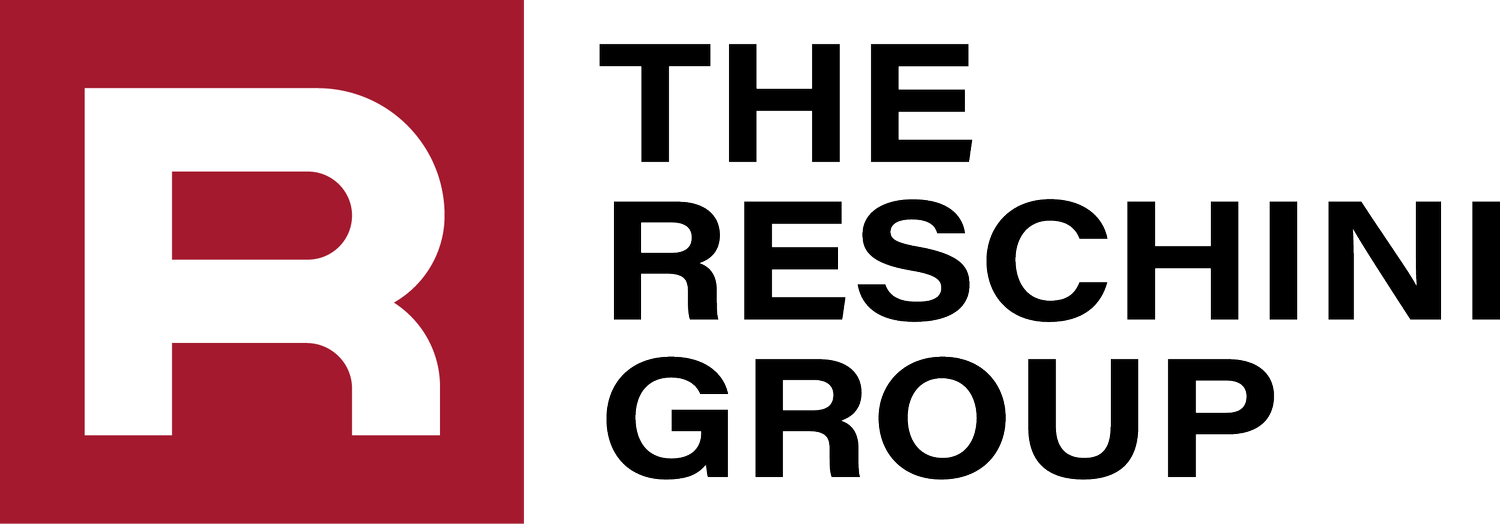Benefits Blog: Benefits Adjustments Based on COVID-19
 As the COVID-19 pandemic continues, national benefits experts have determined that 20% of employers need support in updating their benefits programs to accommodate the changes the virus has created. Here are some of the most common changes being considered for 2021 and beyond.
As the COVID-19 pandemic continues, national benefits experts have determined that 20% of employers need support in updating their benefits programs to accommodate the changes the virus has created. Here are some of the most common changes being considered for 2021 and beyond.
Potential Cost Increases and Plan Designs – Health care premium costs have increased at a steady rate over the past few years, with the most recent average increase being around 6%. Despite many health care providers having waived fees associated with COVID-19 testing, those costs will likely trickle down in the long run.Employers will need to evaluate their unique circumstances and consider whether they need to shift some of their cost-sharing burden with a new plan design.Mental Health Benefits – According to a survey from a major mental health provider, nearly 7 in 10 employees cited the COVID-19 pandemic as the most stressful time in their careers. As employees return to work, many are experiencing financial hardship, balancing new caregiving responsibilities, managing concerns over their physical and mental well-being. Employers should consider offering or revamping an existing employee assistance program (EAP) and expanding mental health resources.Flexible Workplace Benefits – Even before the COVID-19 pandemic, employers were feeling the pressure to provide flexible workplace benefits. As such, employees are likely looking for expanded flexible work benefits, including:- Work-from-home – While not always feasible, employees who may already be working from home due to the pandemic or are equally as productive from home may expect to continue to do so.- Flexible work hours – Flexible work hours or alternative schedules during these uncertain times and moving forward may help employees balance their various responsibilities, and prioritize their health.Virtual Open Enrollment – Traditionally held in the office during a specific time frame, organizations could instead hold town hall meetings and provide regular communications on open enrollment, and plan to conduct it virtually as necessary.For more information surrounding the employee benefits landscape post-coronavirus or how to prepare for an alternative open enrollment approach, today.Related Resources from The Reschini Group:Idea sheet regarding helping reduce COVID-19 related stress in the workforce. Easing Employee Stress Surrounding the Coronavirus Pandemic_ The EAP and Return to Work plans post pandemic - a starting guide. Post-coronavirus Return-to-Work Plans and EAPs
Copyright 2021 The Reschini GroupThe Reschini Group provides these updates for information only, and does not provide legal advice. To make decisions regarding insurance matters, please consult directly with a licensed insurance professional or firm.
